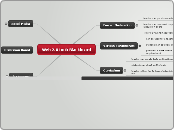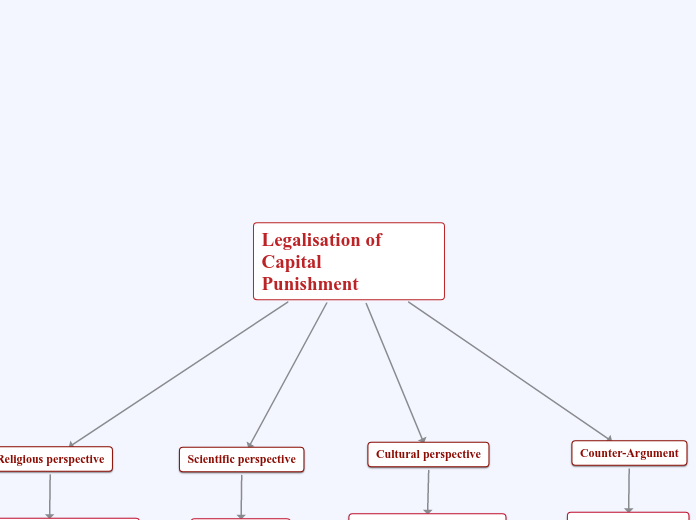Availability and Accessibility
Emphasizes the process of learning and teaching, based on theories of language acquisition
TPR, Counseling-Learning, The Silent Way
Publishers are more likely to support methods that can be turned into marketable products
Methods may gain or lose favor depending on the prevailing attitudes and beliefs within the educational community
Support of academics, professional organizations and educational institutions
The success of a method can be linked to the persuasive power and reputation of its advocates
Focuses on the content to be taught and its organization within a syllabus
Structural Syllabus, Notional-Functional Syllabus, ESP
Methods
according to
Jack C. Richards
categories
2. The Instructional-Theory Route
1. The Syllabus Route
classification
"Instructional-Based Methods"
They are based on psycholinguistic
theories of how languages are learned.
"Content-Based Methods"
They define and organize
the language content to be taught.
(grammar, vocabulary, functions, or notions)
aspects to consider
Curriculum Development
it highlights the need for a more informed and comprehensive approach to methods issues
(integration with the curriculum or curriculum development)
WHY?
d) Customization and Flexibility
Meet the specific needs of different learner groups
c) Focus on Broader Educational Goals
Preparing students for real-world language use, meeting specific communicative needs and developing transferable language skills
b) Accountability and Evaluation
This helps to ensure that the methods used contribute to measurable gains in language proficiency
a) Interconnectedness of Curriculum Components
evaluation
Assesses both the process and the outcomes of the program
selection of learning experiences
Develops teaching activities that address the objectives
goal setting
Objectives of the program
task analysis
Determines the tasks learners will need to perform in the target language
needs analysis
Assesses the language needs of the learners through diagnostic tests
situation analysis
Determines the parameters of a language program
Adoption and Influence
the reasons why certain methods are adopted and gain influence
"rise and fall of methods"
determined by
e) The Intellectual Marketplace
d) Trends in Education
c) Support Networks
b) The Role of Publishers
a) The Form a Method Takes
Theoretical Foundations
whether a method is primarily based on a theory of language (language-centered) or on a theory of language learning processes (learning-centered)
Learning-Centered Methods
Language-Centered Methods









